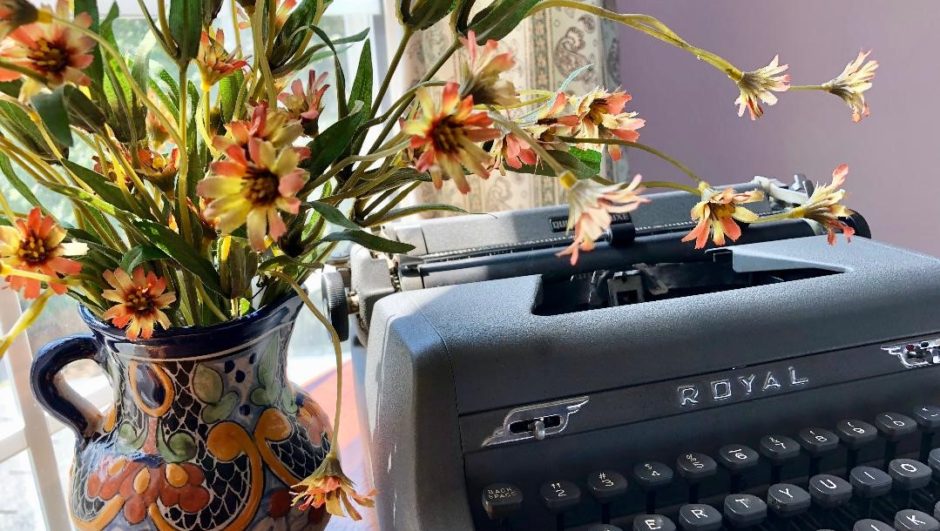by Linda Harris Sittig
Eleanor Jackson Piel might owe her amazing law career to 8 words uttered to her by an immature college boy who said, “You’re not smart enough to be a lawyer.”
Her reaction? She promptly applied to law school.
Born in 1920, Eleanor experienced prejudice against minorities at an early age when her mother told not to tell anyone she was Jewish. It didn’t seem fair. Her father was Jewish and she saw nothing wrong with that part of her heritage. From an early age she became aware of how prejudice and injustice can go hand in hand.
In college she studied journalism for three years at UCLA. Then in her senior year she decided to transfer to UC-Berkeley. It was at Berkeley that those 8 words changed her destiny. The year was 1940 and she was denied admittance to Berkeley Law because the dean told her that females always had nervous breakdowns.
Did that stop Eleanor? Absolutely not. She applied to law school at the University of Southern California. Not only was she accepted, she made the law review there and then transferred to Berkeley’s Law School after one year. Eleanore received her law degree in 1943.
After law school, Eleanor became a law clerk for Judge Louis Goodman in San Francisco. The following year Judge Goodman was asked to preside over a case in Humboldt County and he took Eleanor with him. The case was United States vs. Masaaki Kuwabara.
In this case 27 young men, born in America, but of Japanese ancestry had been arrested because they refused to sign up for the draft. All of them, and their families, had been taken from their homes after the tragedy of Pearl Harbor and incarcerated behind barbed wire at the Tule Lake Internment Camp. Even though they were all American citizens, they were held as prisoners.
When they received orders to register for the draft, they refused.
Eleanor was shocked that the 27 men were facing felony charges from their own country who had allegedly found these men to be disloyal to America based solely on their heritage. She urged Judge Goodman to find an impartial lawyer to represent the men. This event was the watershed that would define her.
in 1945 Eleanor took a job in Washington D.C. She quickly became dismayed with all the back room politics. By 1948 she had returned to California with the realization that the only law firm that would meet her high standards would be one she started herself. And she wanted to do criminal law.
For the several years she worked solo. Then at a party she met Gerard Piel, the publisher of Scientific American. They married in 1955 and moved to New York City where Eleanor reestablished her law practice.
Although best known for her criminal practice, Eleanor also represented many civil rights cases, like defending white teacher Sandra Adickes who had accompanied six Black students to a segregated lunch counter in Mississippi. Eleanor argued the case all the way to the Supreme Court and won.
One of her more famous cases was the Death Row Brothers. She represented the two high school dropouts who had been charged with a murder, even though there was no hard evidence to support the conviction. The prosecution’s case was plagued with so many errors that Eleanor was finally able to persuade a judge to issue a stay of execution. He agreed – 16 hours before the execution was scheduled. Five years later the brothers were released, still maintaining their innocence.
Eleanor went on to defend a convicted rapist and used DNA technology to prove his innocence, after the man had spent 17 years in prison for his supposed crime. She took on a gender discrimination suit of a 13 year old prodigy girl who was denied admission to Stuyvesant High School because of her gender. And later Eleanor represented 50 women professors at Albert Einstein College who all alleged that they were receiving less salary than their male counterparts.
Eleanor Piel didn’t always win, but she did always give her best try. She took cases well into her 90s, and died recently at the age of 102. May we all take a cue from her and follow our convictions with passion and perseverance.
Thank you to blog follower Rick Rice who suggested I learn Eleanor’s story. I am so glad I did!
Linda:)

Once again you found us a wonderful role model.
Thanks, Dixie
Talk about being assertive! She even named the young man who told her she wasn’t smart enough for law school, but I felt it wasn’t appropriate to name him on the blog!
linda:)
Wow!
So glad that you followed up on this remarkable women. She is quite a role model for all of us. I wonder if she and RBG knew of each other. They seem to have been cut from the same cloth.
Thanks, Rick; this was such a good tip! I wondered about RBG too!
linda:)
What an amazing woman! Thank you so much for sharing!!!
Hi Bobbie, I love finding out about these women! Now I will think of Eleanor Piel whenever DNA is used to solve a case.
linda:)